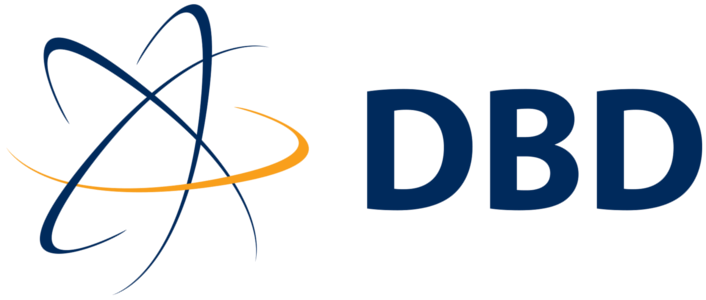DBD meet the IEC requirements through the provision of task order planning support and the development of a simulation toolset which allows for review of the IEC contract scope and application of priorities and constraints to inform optimal task order strategies.
Task order planning supports include the specification, development and deployment of a contract planning toolset, including the Contract Planning Tool (CPT) to assist IEC and provide capability to develop their task order scope for contract years three through ten.
DBD have deployed a specialist team of simulation engineers which will support IEC in the development of their 10-year plan. The team will comprise of a lead modelling consultant, experienced in the development of similar models for other DOE missions, supported by qualified simulation engineers for delivery of all the elements needed to define, develop, and deploy the tools as part of an extensive long range planning capability for IEC.
The timeline for delivery of this support and the toolset is detailed in the proposed delivery schedule and align to the specific milestones and deliverables requested by IEC. However, the timeline and milestones can be accelerated and/or reprioritised in accordance with changes to IEC requirements.
IEC are in the process of developing a 10-year plan. This long-term plan will require a series of task-orders to be scoped out and proposed as priorities for the future work that IEC will undertake. Currently the first two years of task orders are committed, however all task orders for year three and beyond are to be determined. Through conversations with IEC, DBD understands that the 10-year plan is key feature of the current work and as such supporting this work is a priority in the proposal that DBD is putting forward.
DBD have previous experience in delivering tools that successfully provide underpinning and intelligence to the task order planning process. The tools enable users to experiment with either hard logical constraints such as schedule constraining dates, or more qualitative decisions such as prioritizing scope based on perceived benefits, risk reduction factors or other criteria. This experimentation provides the user with optimized schedules based on these constraints and priorities, which can be viewed in a user-friendly format through the Mission Control Centre (MCC).
Similar mission optimization tools have been deployed in support of several other DoE missions including the PREP tool for CPCCo, Hanford and the AWSM II tool for Savannah River Mission Completion, Savannah River.
DBD propose to assist IEC with task order planning by developing and running a similar tool, provisionally referred to within this document as the Contract Planning Tool (CPT).
The CPT utilises mission and task order information including data such as agreed task order schedules, DOE Outyear Lifecycle Plans, cost and resource estimates and risk and opportunity registers, using them to simulate mission lifetime plans that can be interrogated to provide insights to support strategic decision making, review opportunities, schedule milestone dates and estimate lifetime costs taking into account funding decisions and constraints, resource demands and other limitations. This will enable a variety of views from the detailed project planning level to the top-down strategic view of key milestones and site skyline changes and will enable IEC to prioritize activities based on long-term task-order objectives and strategic changes.
